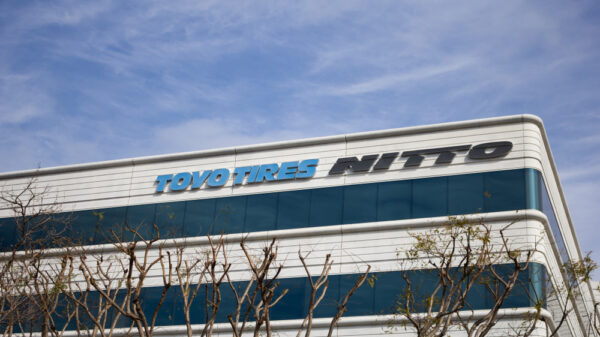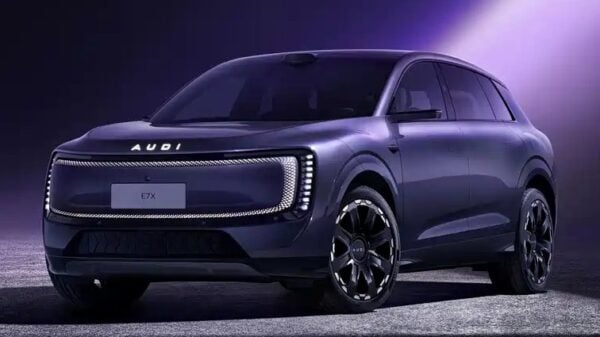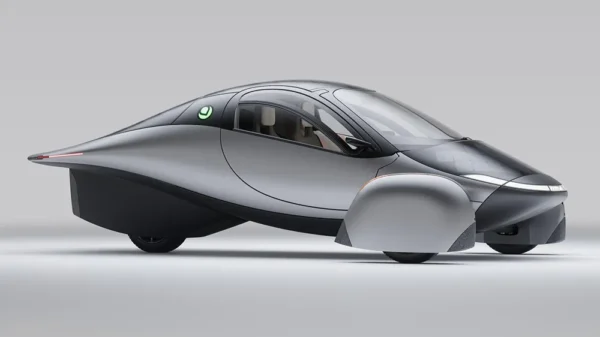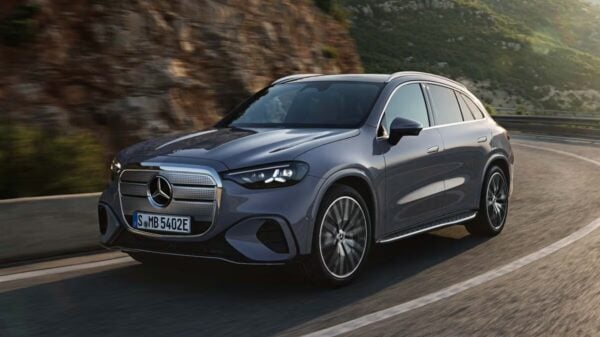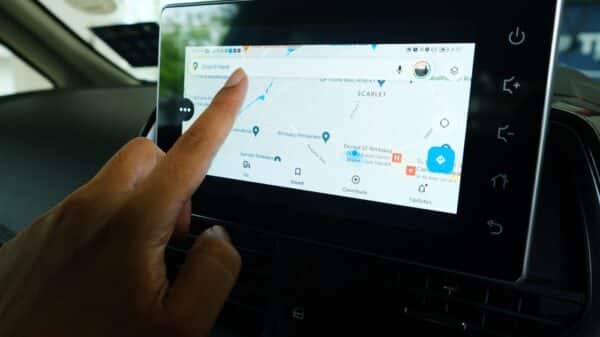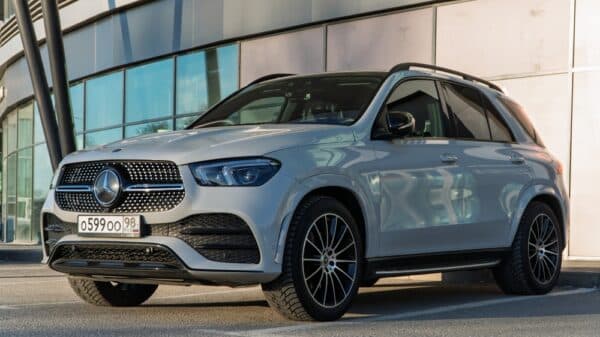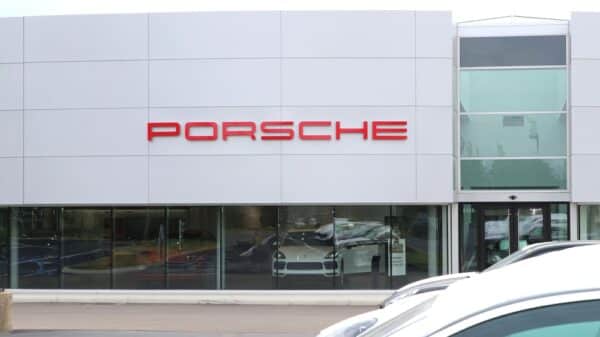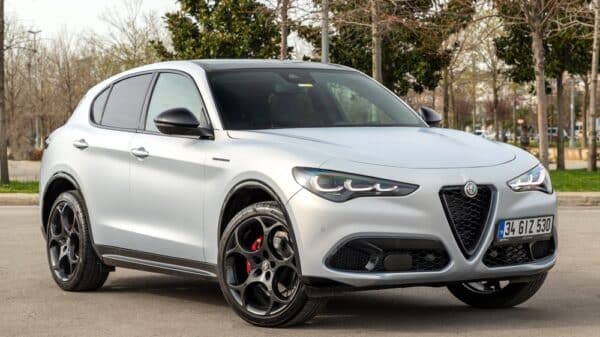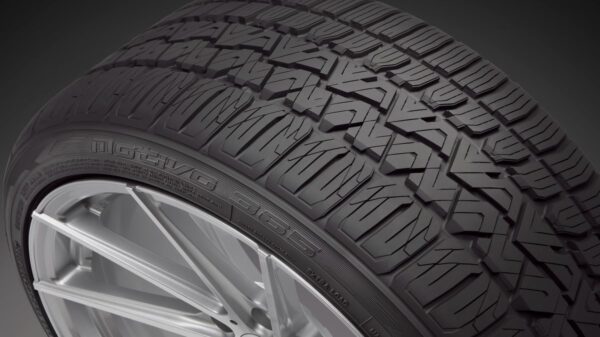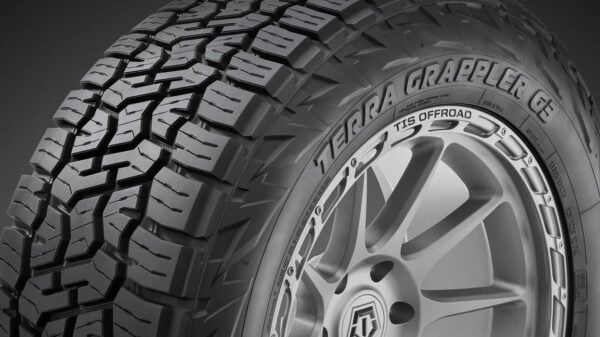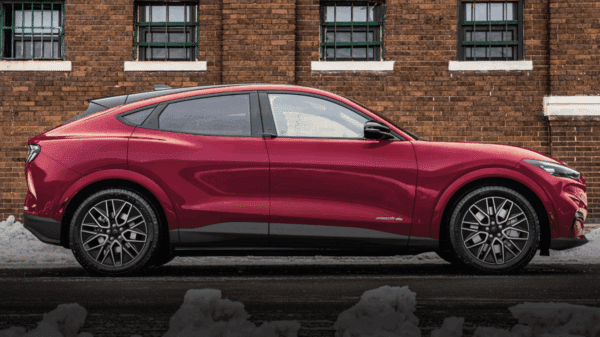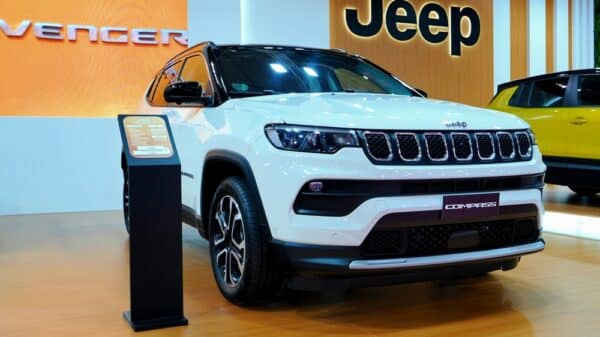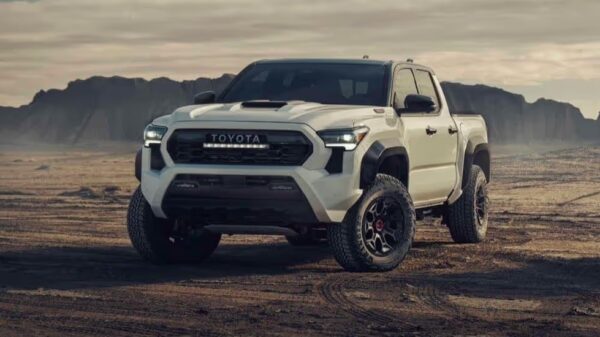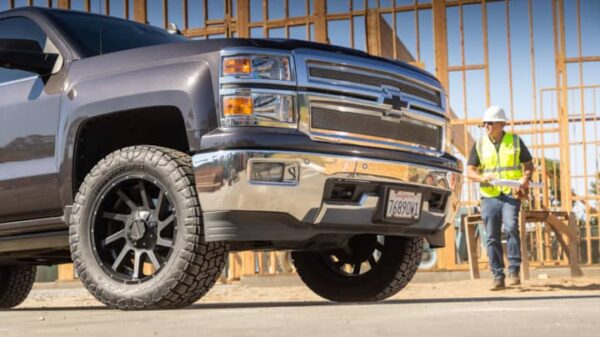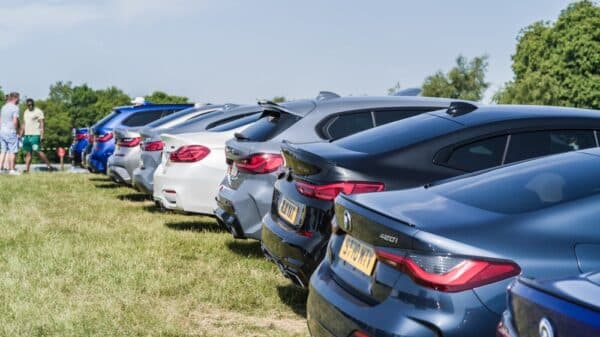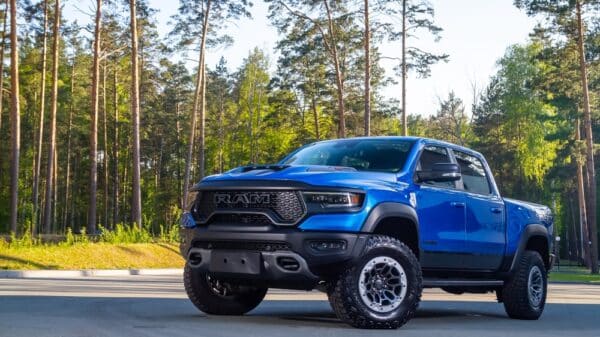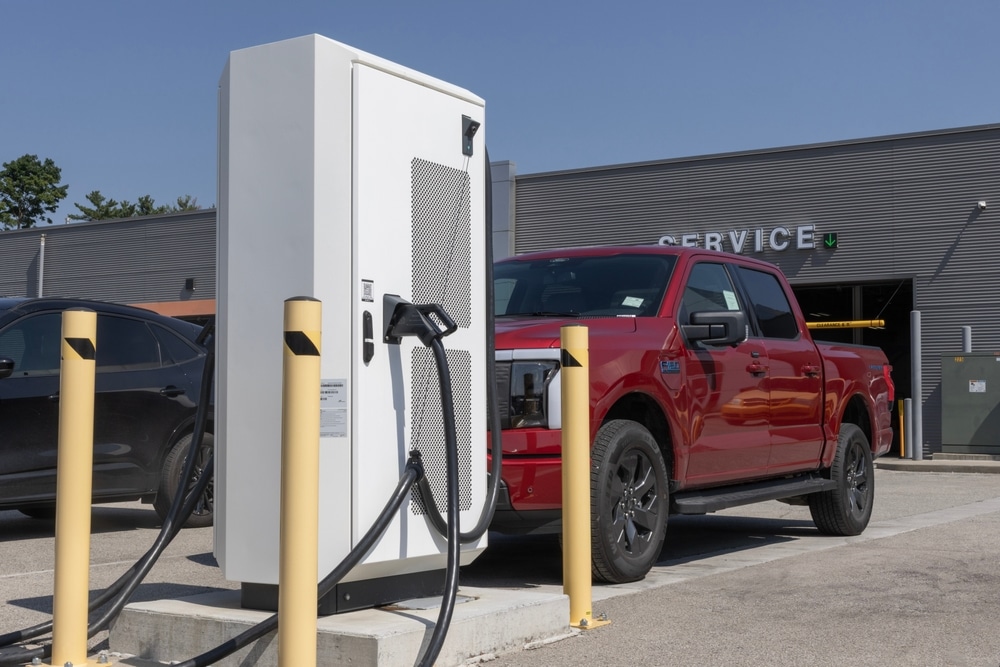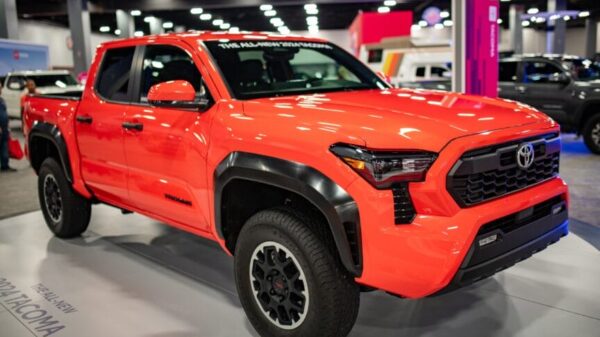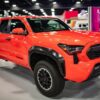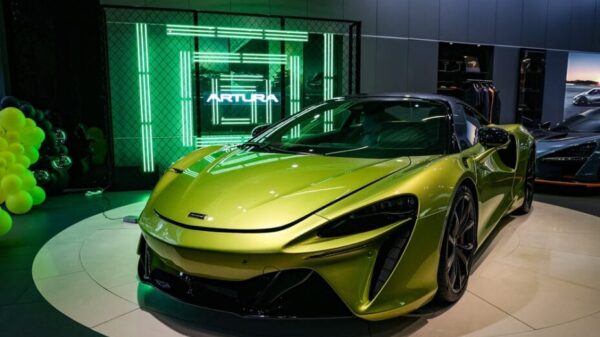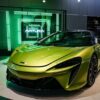American car manufacturers find themselves at a crucial crossroads as the global automotive landscape shifts towards electric vehicles (EVs). While many countries are rapidly adopting EV technologies, recent changes to U.S. government incentives, notably the cessation of the EV tax credit, pose significant challenges for the domestic market. As the industry looks to adapt, the emphasis will shift from governmental support to consumer-driven viability, particularly focused on cost management.
The Cost Conundrum of Electric Vehicles
One of the key hurdles for widespread EV adoption in the U.S. is affordability. Automakers are acutely aware that in a post-tax-credit world, consumers are more sensitive to vehicle pricing. While the government’s financial backing is no longer available, the demand for affordable EVs remains. The urgency to innovate and reduce production costs is paramount, especially as U.S. companies strive to compete with seasoned manufacturers such as BYD, who currently dominate due to their ability to manufacture at lower price points.
Ford’s Strategic Move
Ford has recently made headlines with CEO Jim Farley’s assertion that the company’s Universal EV Platform can achieve production costs comparable to those of BYD’s facilities in Mexico. This platform is pivotal to Ford’s plans for an electric pickup priced at around $30,000, slated for release in 2027. Farley highlighted the competitive landscape, noting that while costs differ regionally, innovation is critical for American firms to catch up. With about half of the vehicles sold in the U.S. being imports, the need for homegrown innovation has never been more pressing.
Ford’s proactive approach reflects an industry-wide recognition that reliance on a domestic U.S. market is no longer sustainable. The automaker is intent on outpacing competitors by addressing gaps in both cost and technology, thereby challenging the status quo dominated by overseas manufacturers who enjoy lower labor costs and government subsidies.
Tesla’s Quarter Q3—A Mixed Bag?
Tesla recently released its Q3 results, boasting record sales nearing half a million EVs globally. However, experts caution against premature celebrations. Although the temporary spike in sales can be attributed to consumers trying to secure tax incentives before their expiration, the long-term scenario appears less optimistic. As market competition increases and economic conditions fluctuate, Tesla faces unique challenges, particularly the inability to pivot to hybrid models—a strategy being explored by other automakers like GM and Ford.
This raises critical questions about Tesla’s future strategies and its capacity to sustain momentum without the cushion provided by tax incentives. As the automotive climate continues to evolve, incumbent companies with diverse powertrain offerings may navigate challenges more effectively than those solely focused on electric drivetrains.
Innovations in Battery Technology
In the quest to reduce EV costs, battery technology remains a focal point. A promising development comes from a U.S.-based startup, Electroflow, which is working on methods to significantly lower the expenses associated with lithium iron phosphate (LFP) battery production. Their claim of producing batteries 40% cheaper than leading Chinese counterparts is noteworthy and highlights the potential for domestic manufacturing solutions for a lower-cost supply chain.
Electroflow’s innovative production process streamlines traditional methods drastically, condensing numerous production steps into far fewer, which could redefine battery production economics in the U.S. If successful, this technology could alleviate some of the cost pressures faced by automakers, fostering a more competitive EV market domestically.
The Resurgence of Hybrids
As the transition to fully electric vehicles continues, many manufacturers are greasing their wheels with hybrid options. The increasing interest in hybrids hints at their potential role as a bridge during the evolution of automotive technology. With the loss of the EV tax credit, hybrids could capture interest from consumers wary of fully committing to electric powertrains. They offer a middle ground, allowing manufacturers to capitalize on existing investments in battery manufacturing while still meeting market demands.
The future landscape of the automotive industry is poised for dramatic changes. With the interplay between electric and hybrid technologies, the decisions made by manufacturers now will shape the market for years to come. As the industry adapts to new economic realities, innovation and consumer preferences will play pivotal roles in determining which companies will thrive in this evolving environment.
As we move forward, the importance of affordability, technological innovation, and adaptability in the American automotive industry cannot be overstated. The next few years will be shaped by how effectively manufacturers respond to these challenges, and whether they can provide consumers with cost-effective choices that prioritize both sustainability and performance.




